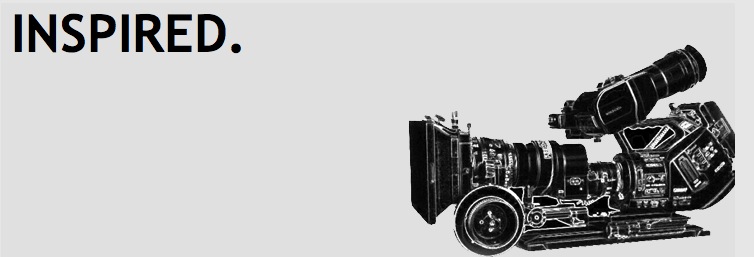
Showcase Your Film Editing Talent |
| Film production students in higher education worldwide are invited to enter the First Annual Slamdance/Adobe Re-cut Competition for emerging editing talent. Entrants will have the opportunity to re-edit a scene from the indie classic MALL COP by Palm d'Or winning filmmaker and GREY's ANATOMY editor David Greenspan. Participants will re-cut a selected scene using Adobe Premiere® Pro CS5 trial software. All submissions will receive education copies of Adobe Premiere Pro CS5, so everybody wins! Three talented finalists will be rewarded with their own Adobe CS5 Production Premium education software and the Grand Prize winner will also earn round-trip transportation and four days of accommodations to attend the 2011 Slamdance to experience seeing their winning work screened at the Festival. Registrations to participate now open through Oct. 1, 2010. Final submissions must to be received by Slamdance by Oct. 31, 2010. |
REGISTER NOW!






